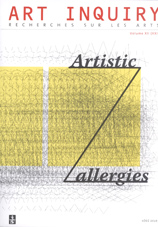A kurgan grave or an orange squeezer? A matter of personal preference
A kurgan grave or an orange squeezer? A matter of personal preference
Author(s): Julia Sowińska-HeimSubject(s): Architecture
Published by: Łódzkie Towarzystwo Naukowe
Keywords: modern architecture; architectural design competitions; sacred architecture; the National Temple of Divine Providence
Summary/Abstract: The National Temple of Divine Providence in Poland has been a source of fierce arguments, even though it was meant to become a symbol of freedom, harmony, reconciliation and solidarity among the Polish people; a votive offering of the nation for the resumption of Polish independence and the pontificate of John Paul II.1 The idea of erecting the building was originally conceived after the signing of the Polish Constitution of 3 May 1791, but for the next 200 years it was not possible to implement the project. It was only in 1999 that a committee supported by the Union of Polish Architects invited tenders for the design of the shrine. The jury selected three winning works from over 100 proposals. Of those three, in May 2000, the Primate of Poland, Cardinal Józef Glemp, who was also the originator of the competition, selected the design by Professor Marek Budzyński. The work was viewed as a very interesting concept, complying with international standards. However, the Management Board of the Foundation for the Building of the National Temple of Divine Providence took a surprising decision to reject the design and announced another, closed tender, inviting only selected architectural teams to participate and thus excluding many distinguished architects, among others one of the previous three winners.
Journal: Art Inquiry
- Issue Year: 2010
- Issue No: 12
- Page Range: 169-185
- Page Count: 17
- Language: English

